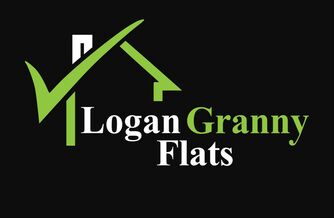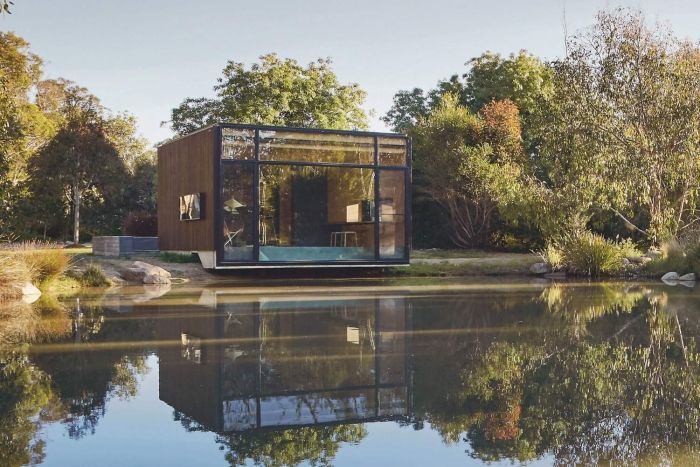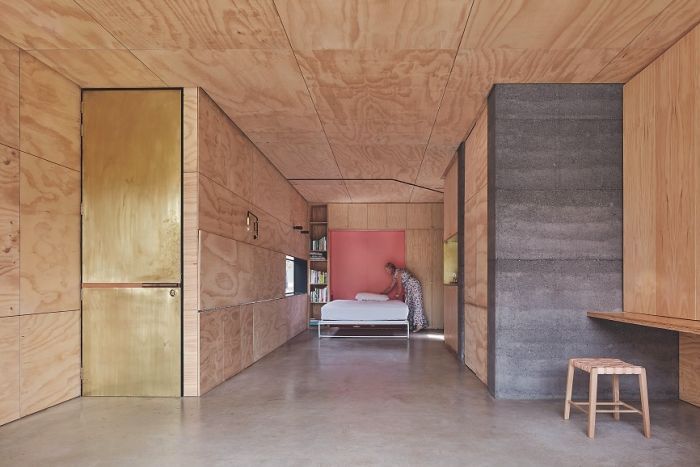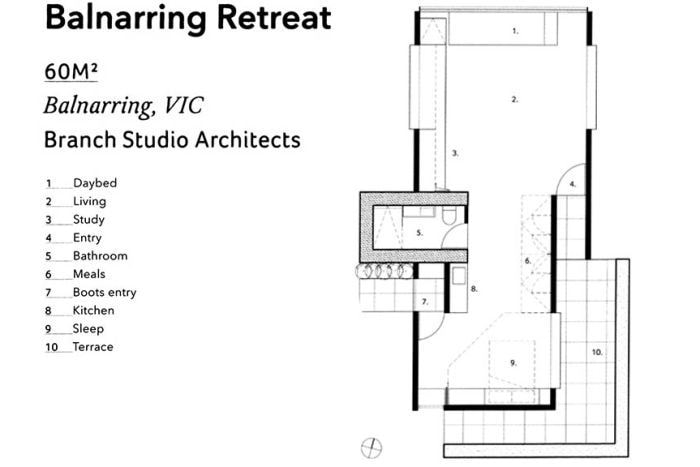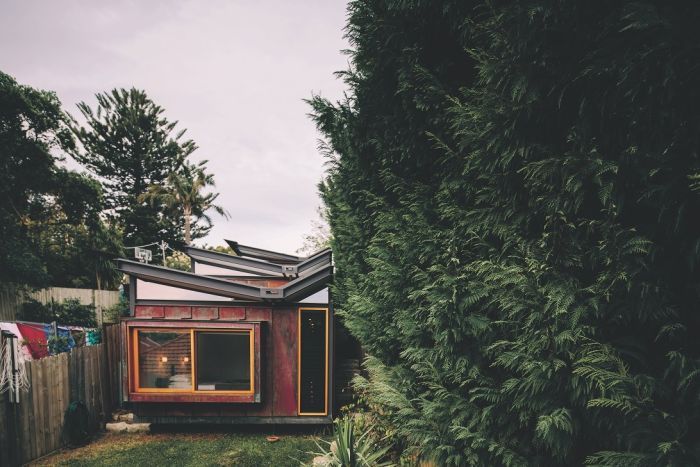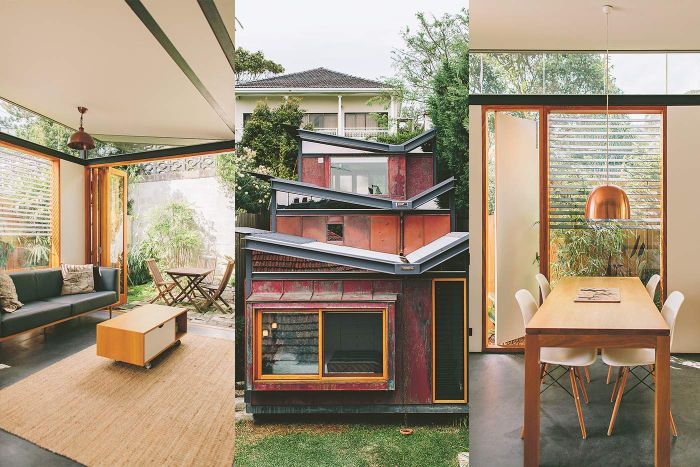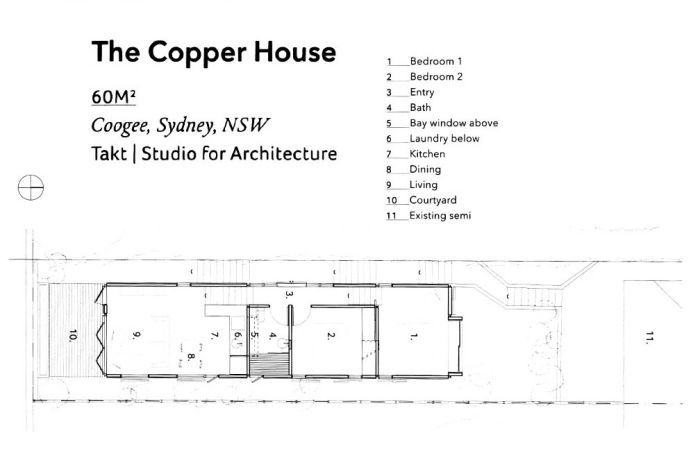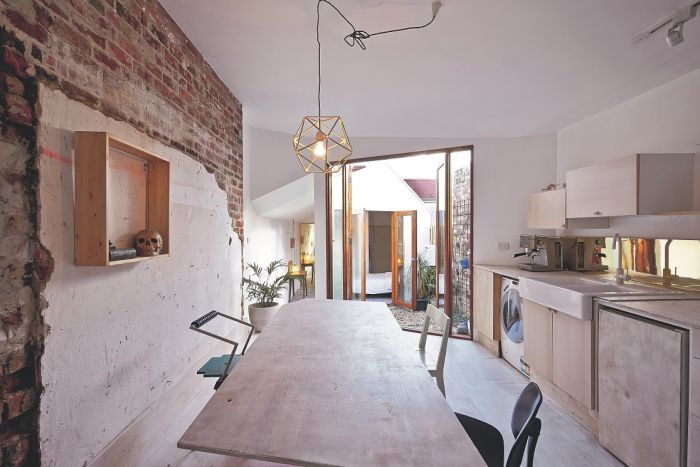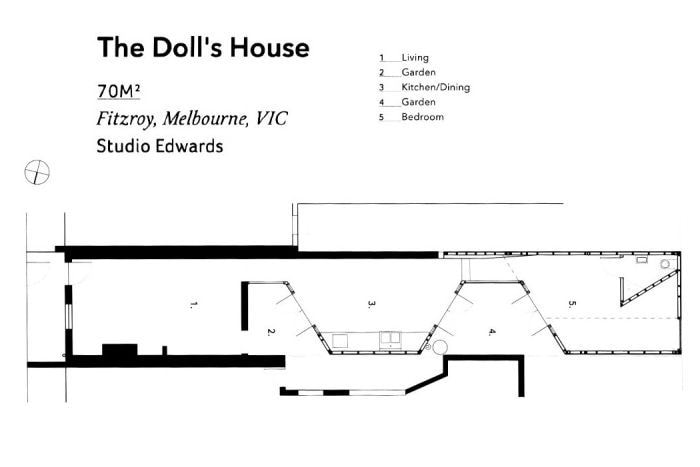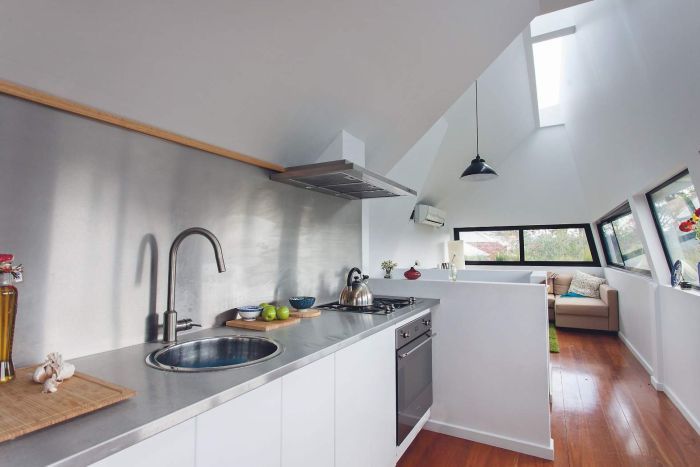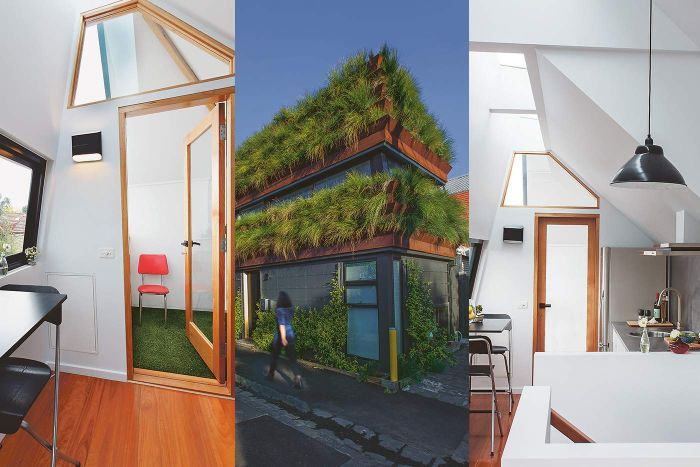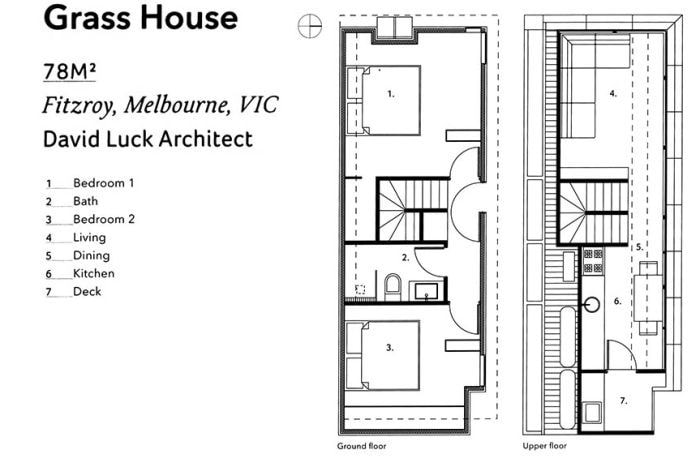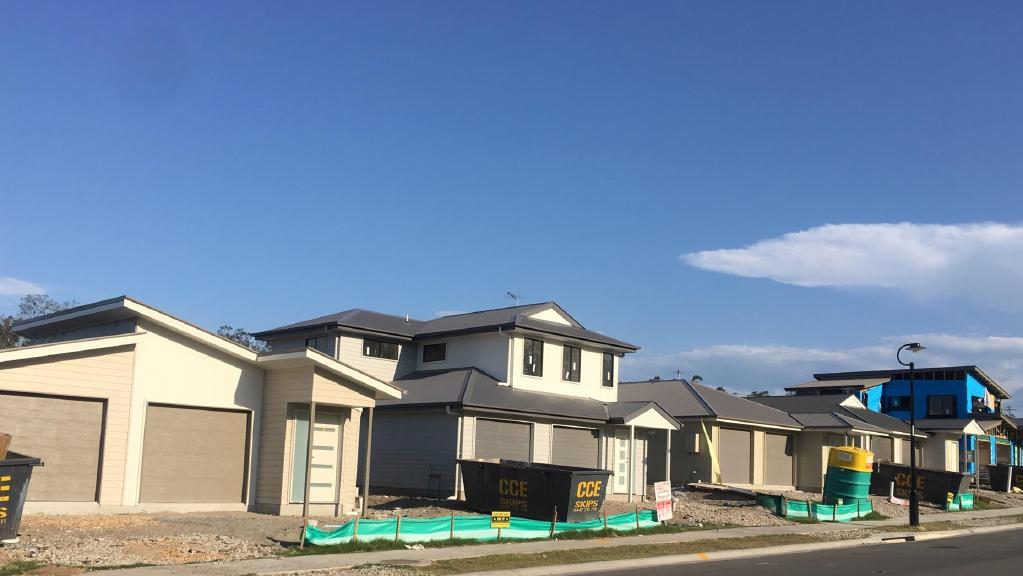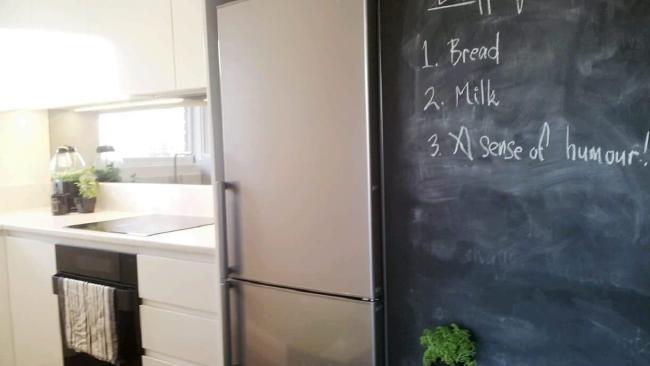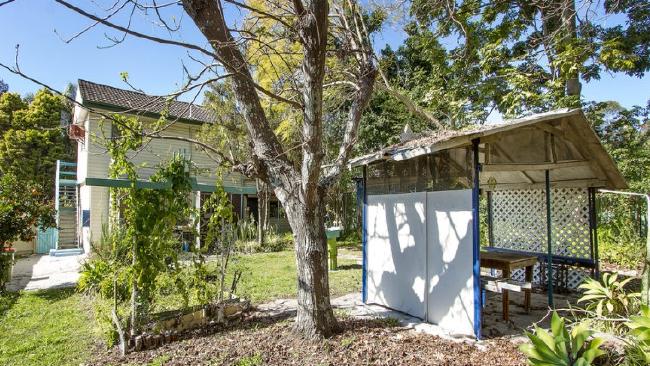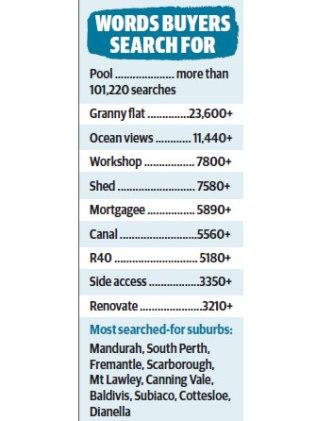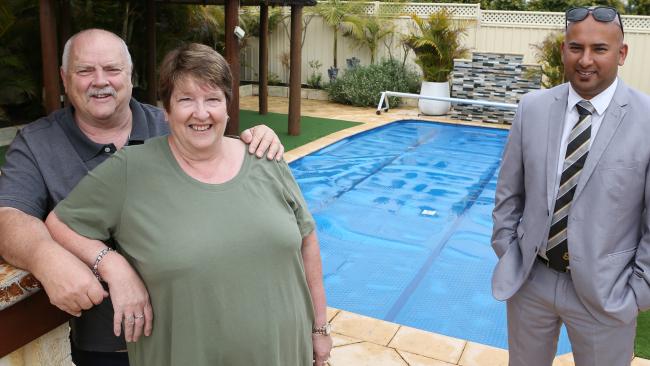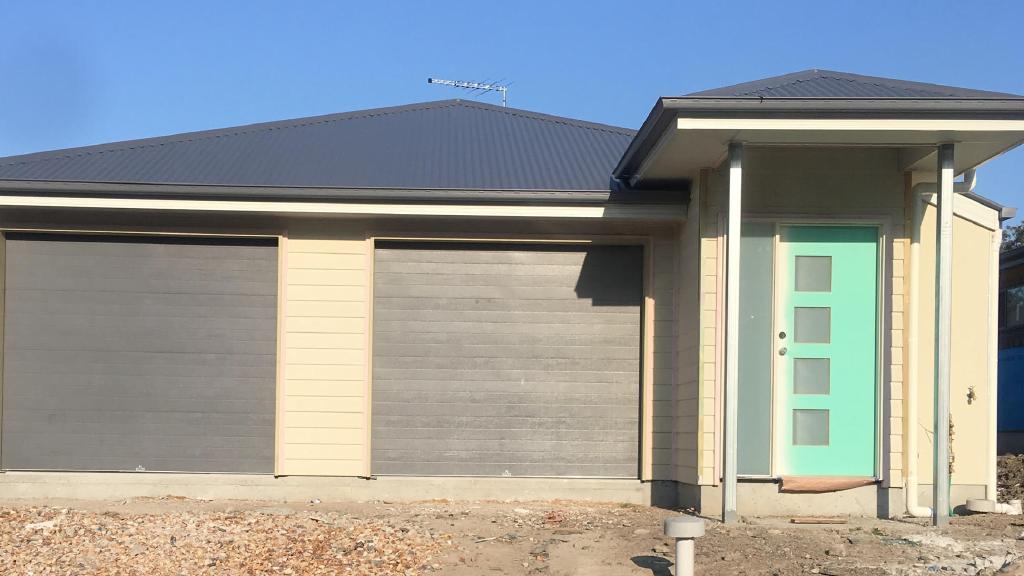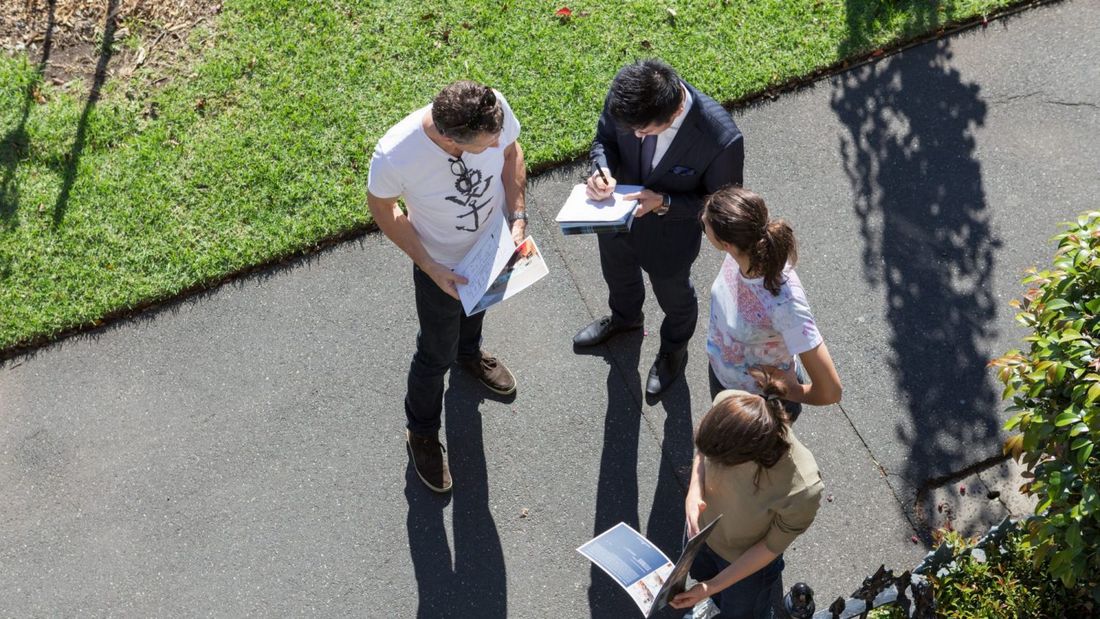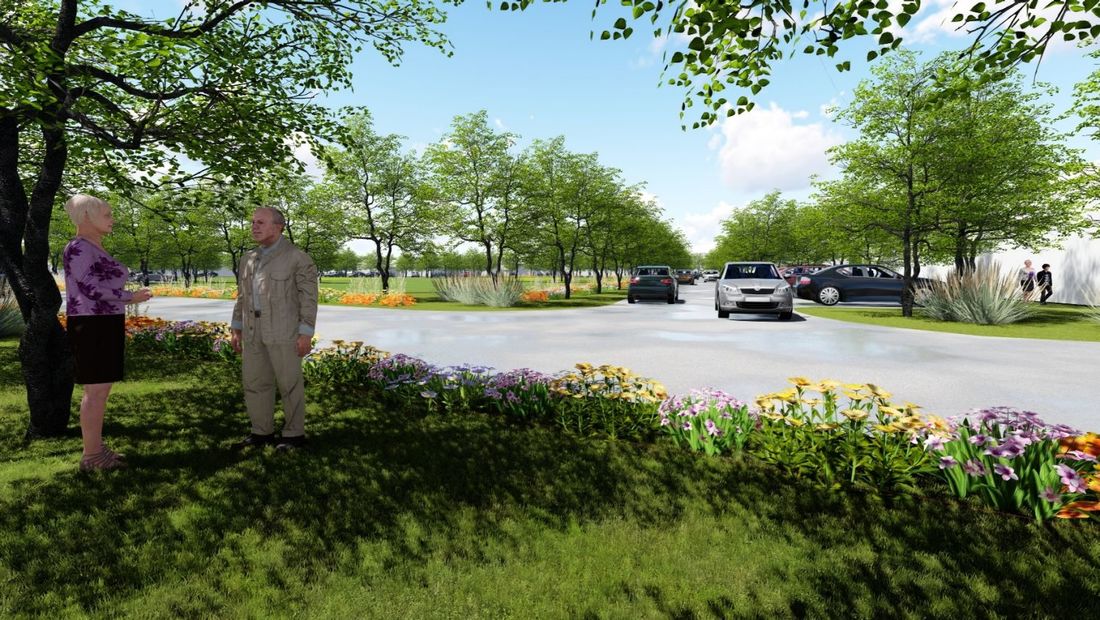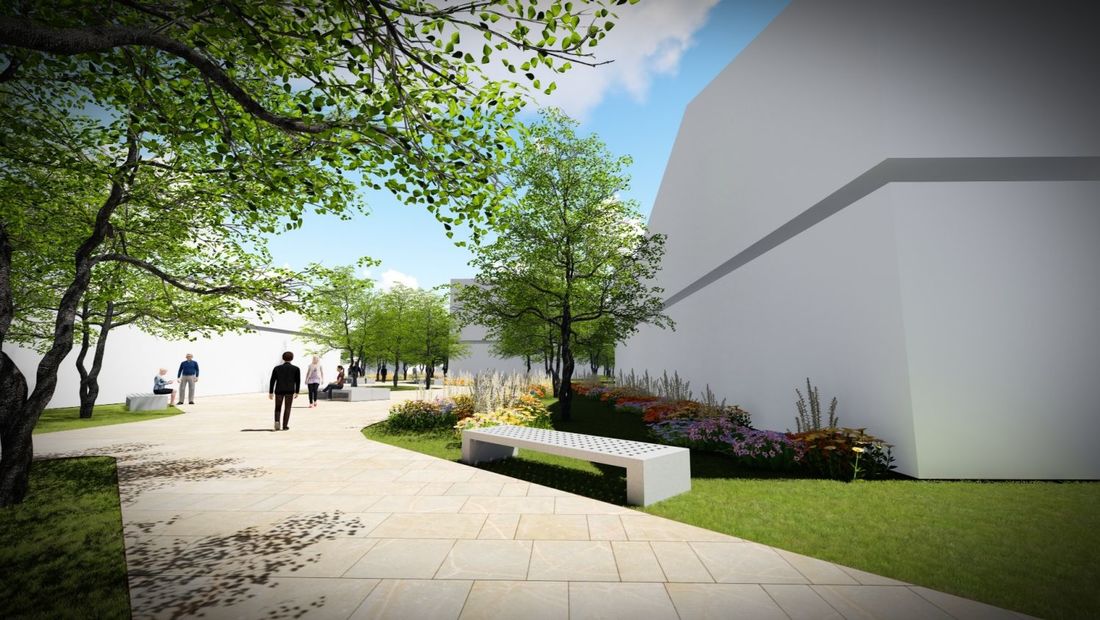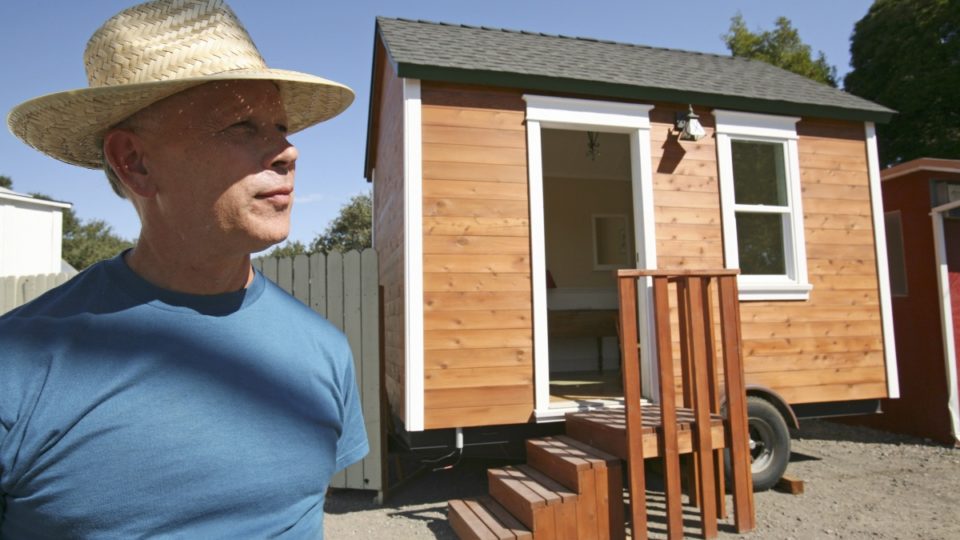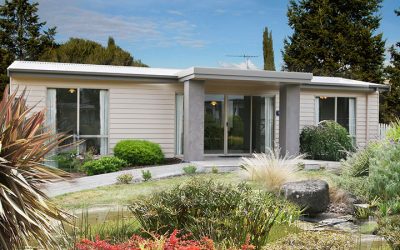31 October 2017
Author and researcher Catherine Foster has travelled Australia to document how 21 architects have made functional living spaces in 90 square metres or less.
"We're not inventing the wheel, we are repurposing the wheel," she told News Breakfast.
"A few generations ago here in Australia, 90 square metres was a family house.
"It is only in comparatively recent decades that it has crept up and crept up and crept up."
Ms Foster has now released a book, Small House Living Australia, to showcase her findings and outline the floorplans that work.
A recent study by Griffith University research fellow Heather Shearer also found a growing interest in small homes in the past two years.
She found people were primarily drawn to the concept for economic reasons, rather than an aesthetic desire.
"Then came: wanting to reduce overall debt, not wanting a mortgage, wishing to downsize, and housing too expensive in general."
Ms Foster said she found people were seeking flexibility as well as affordability, and that lifestyle was a big factor.
"Young people are [saying] 'get me a home' and 'we would rather it not be out in the suburbs an hour along the motorway, we would rather be close to our community'," she said.
"Older people, perhaps downsizing and Baby Boomers are going, 'We want to free up ourselves. We want to go travelling. We want to have a small place where we can go for coffee at the end of the street'."
"No longer do you have a dedicated room for a laundry or a dedicated room for a TV or whatever. You are going to have those shared," she said.
"The dining room would be an integrated thing within the living space … they are all there."
be able to help make your wishes come true!
Call Sonia on 0403 309 136
